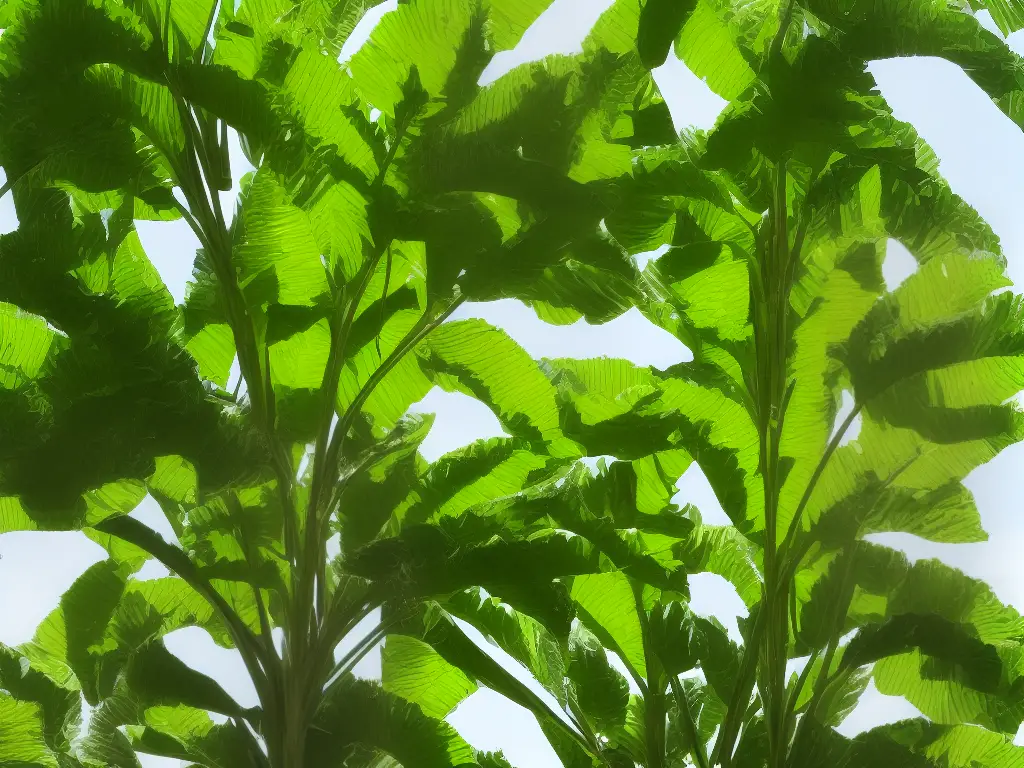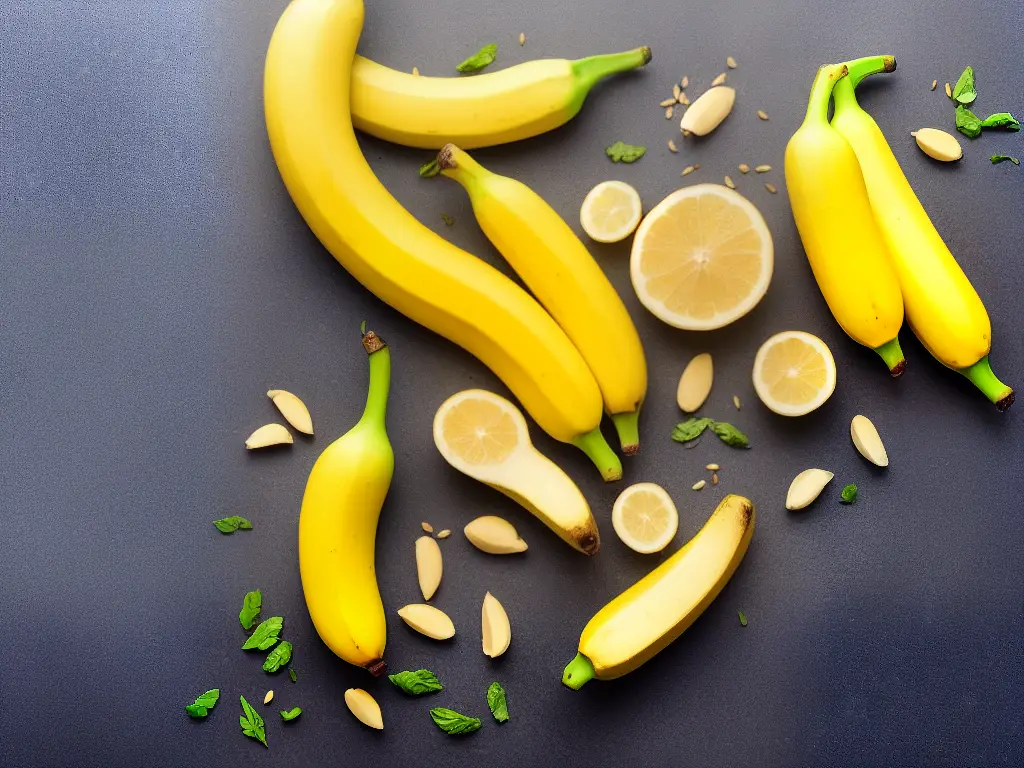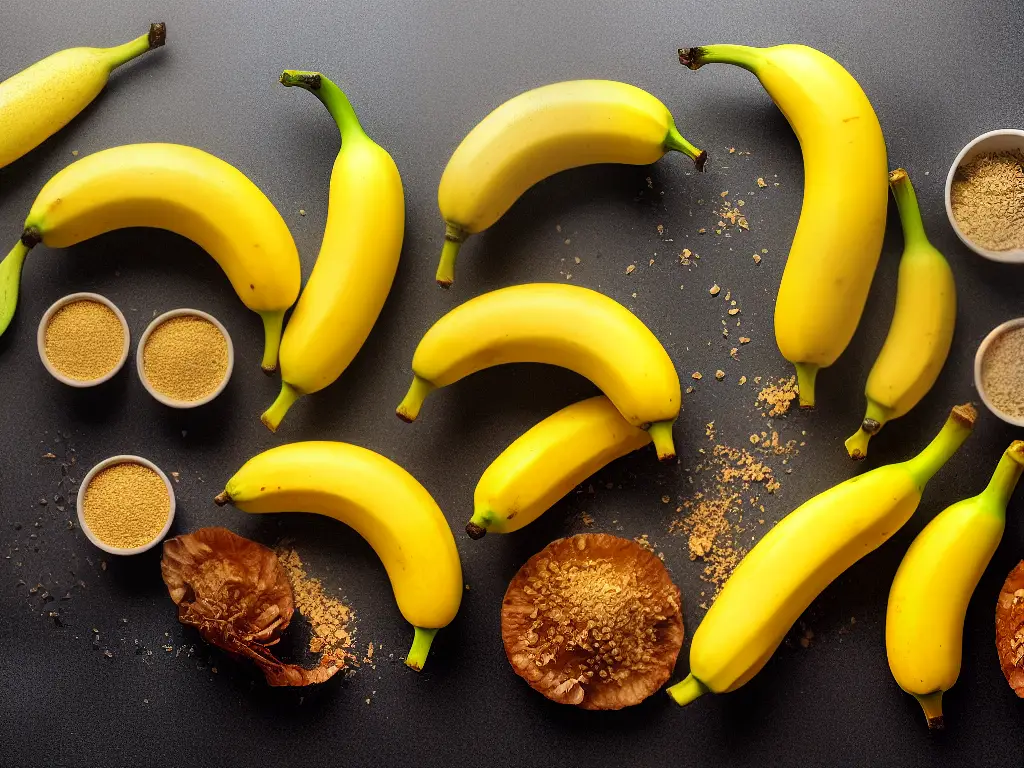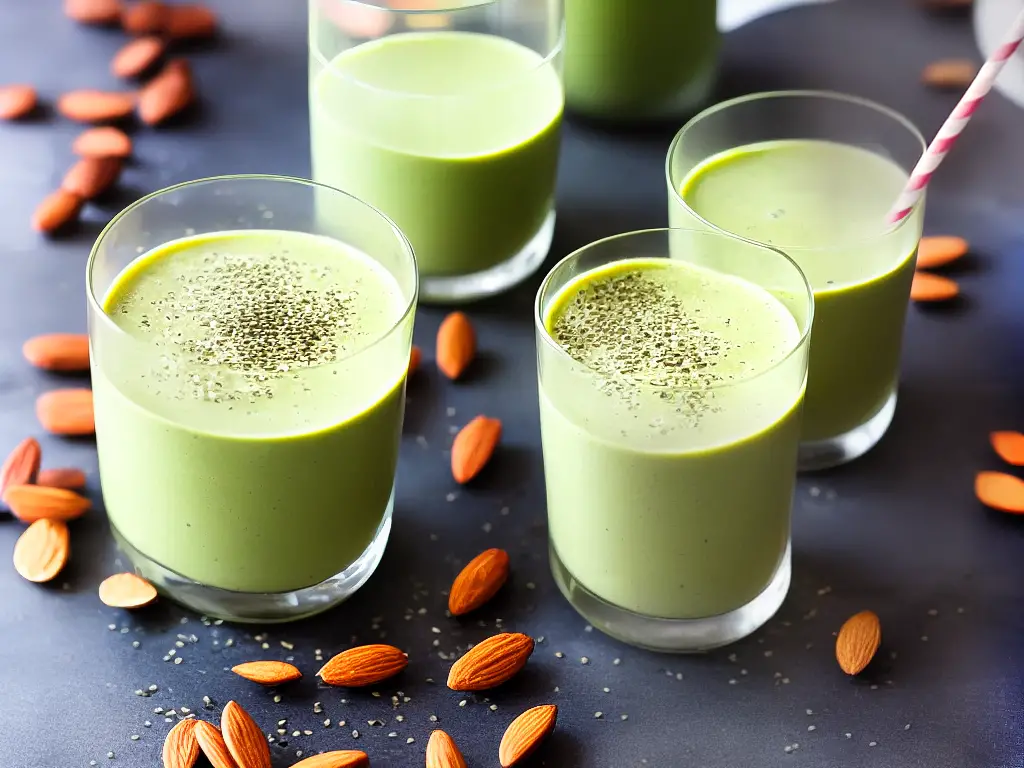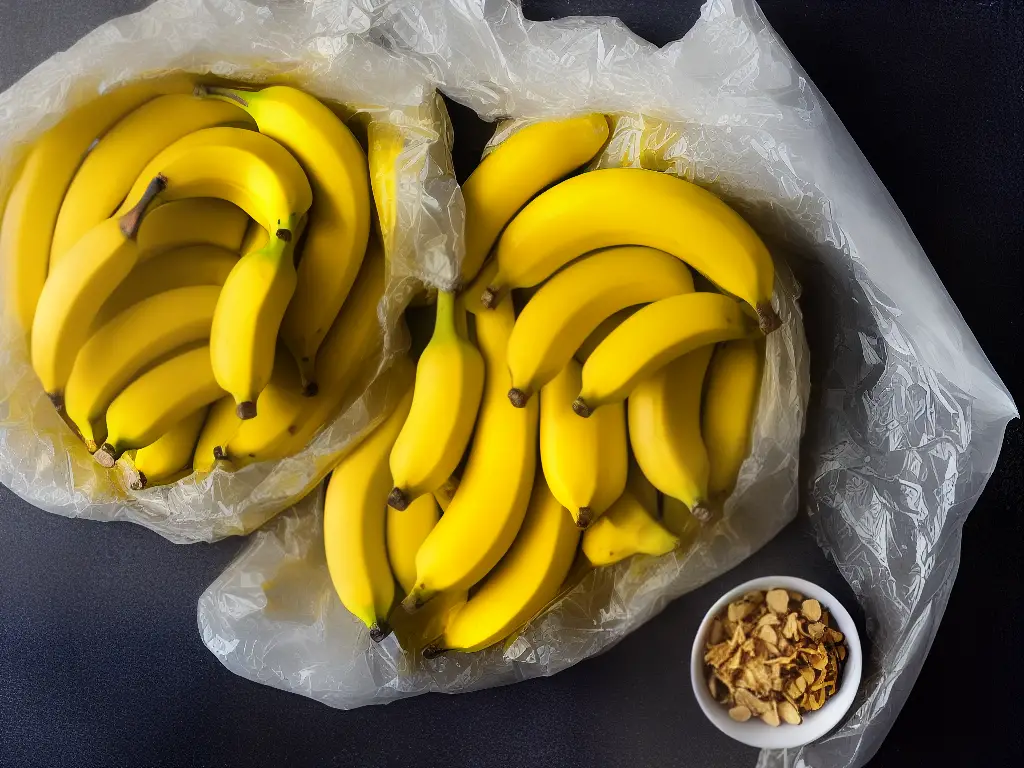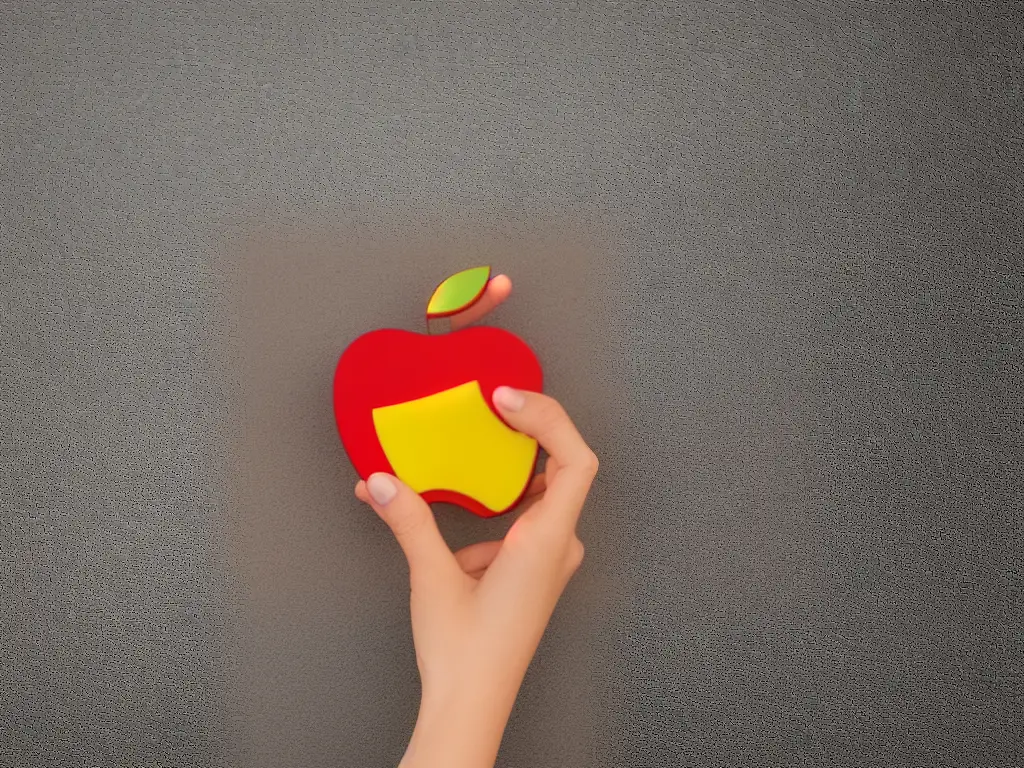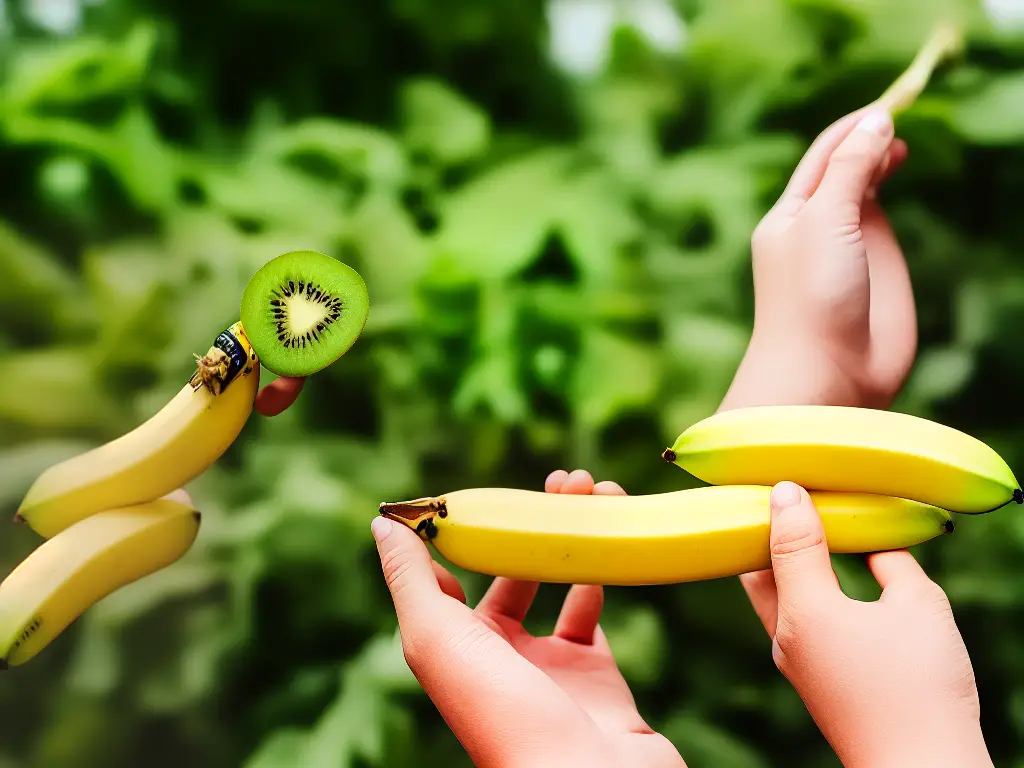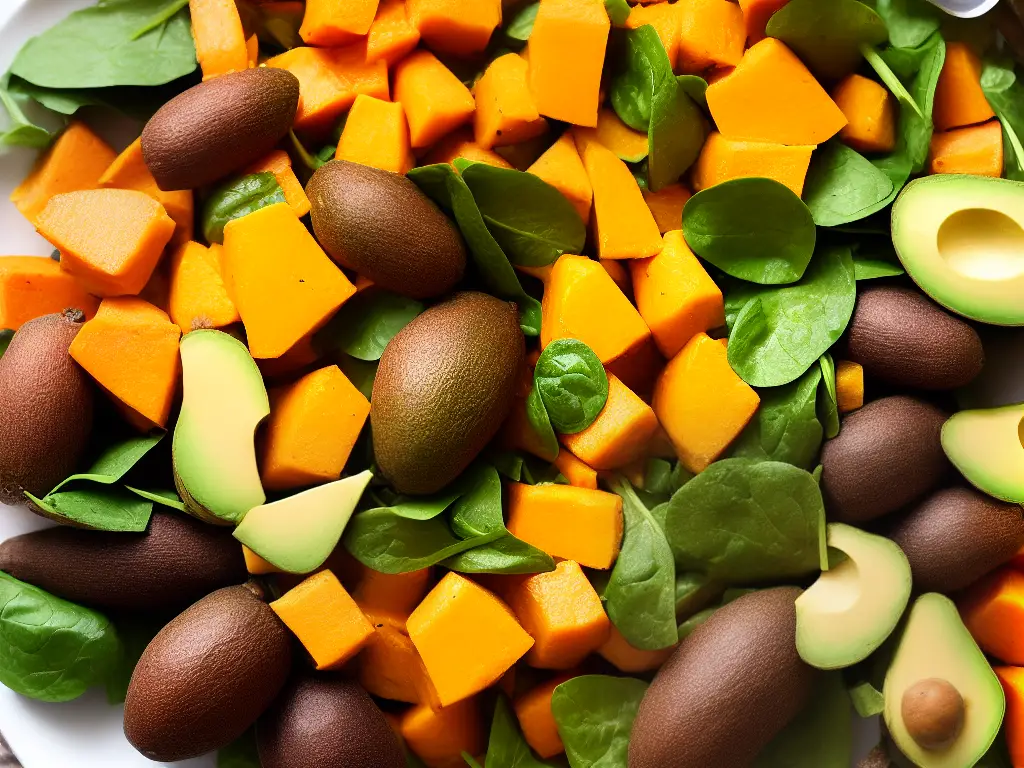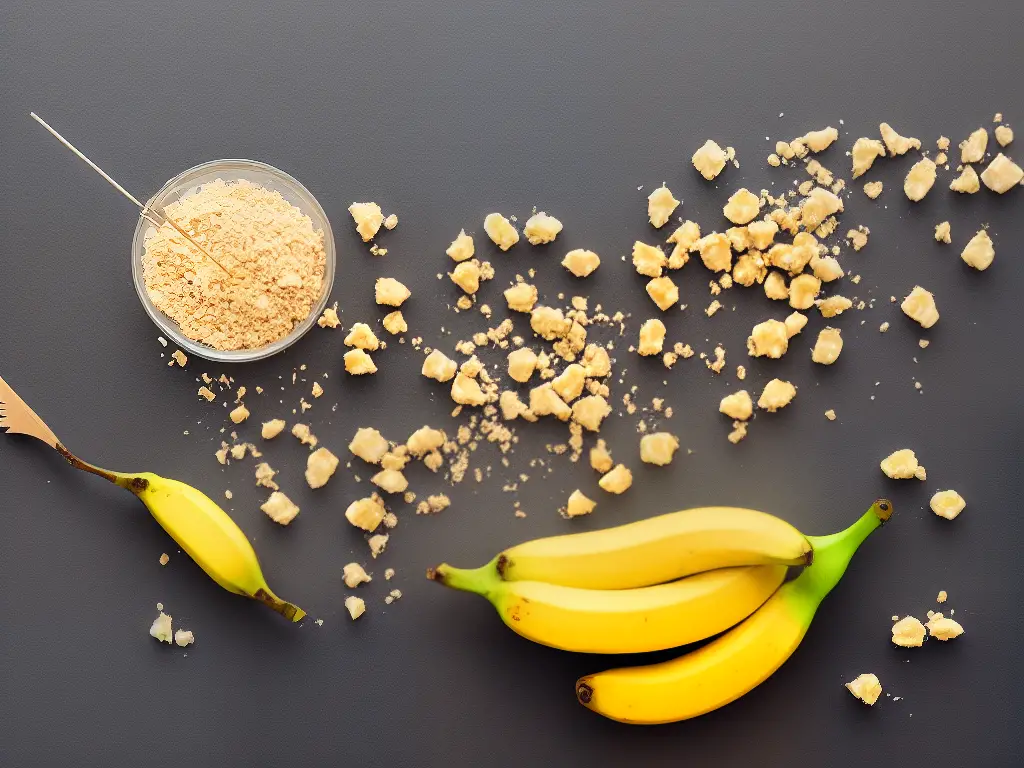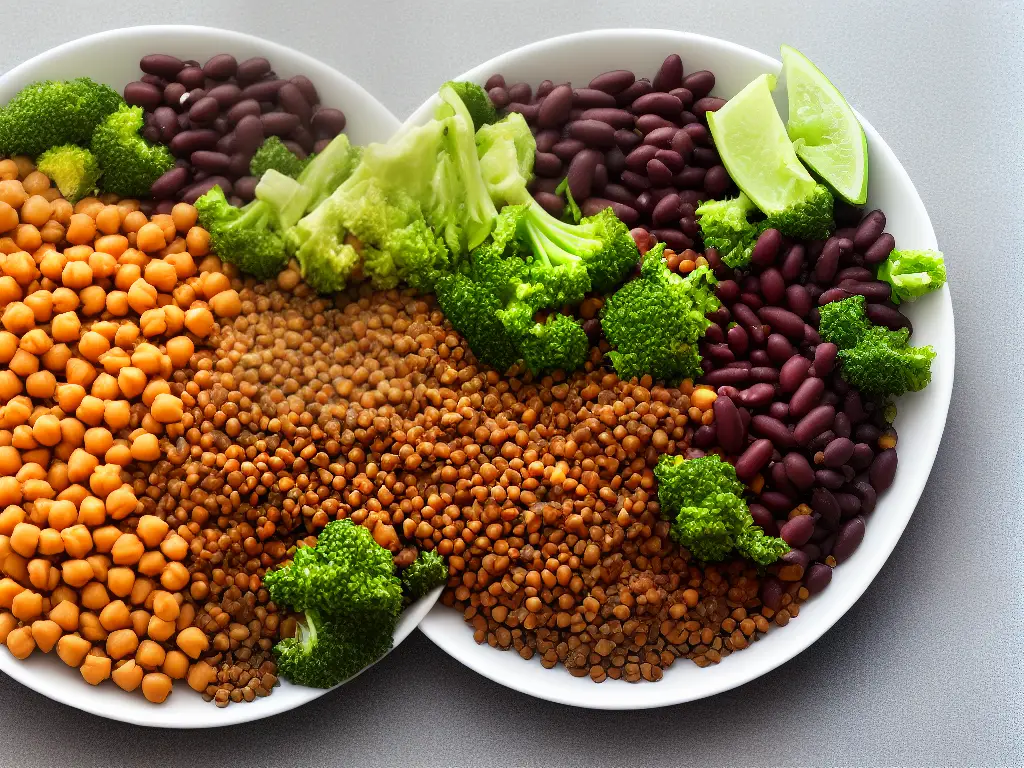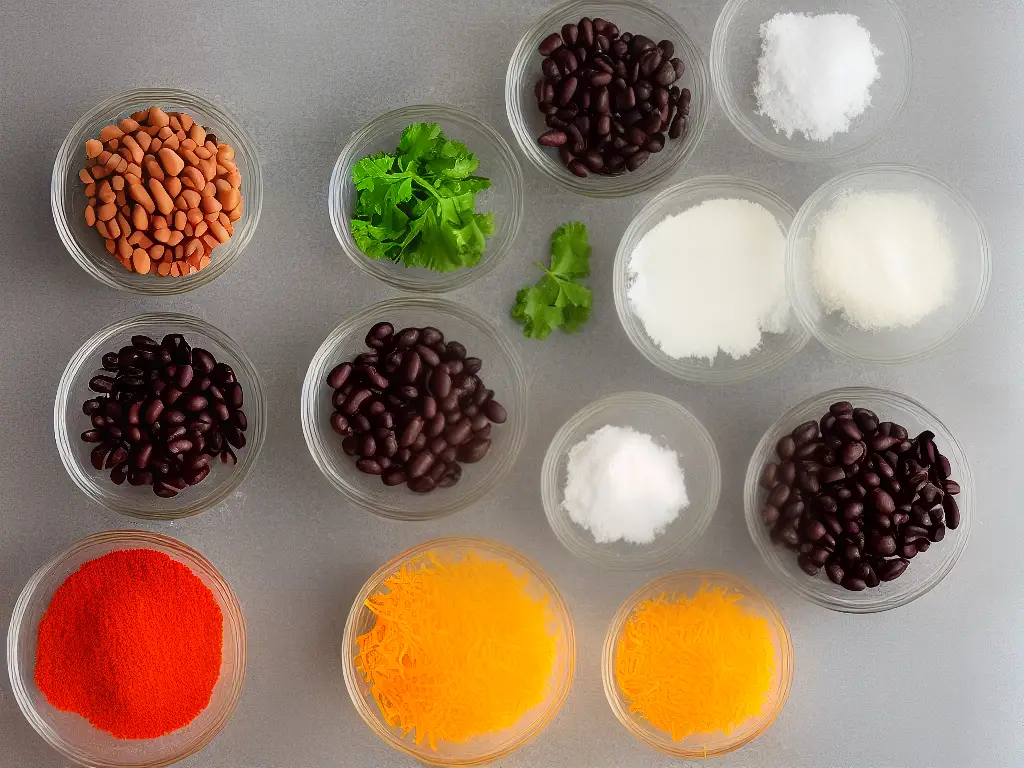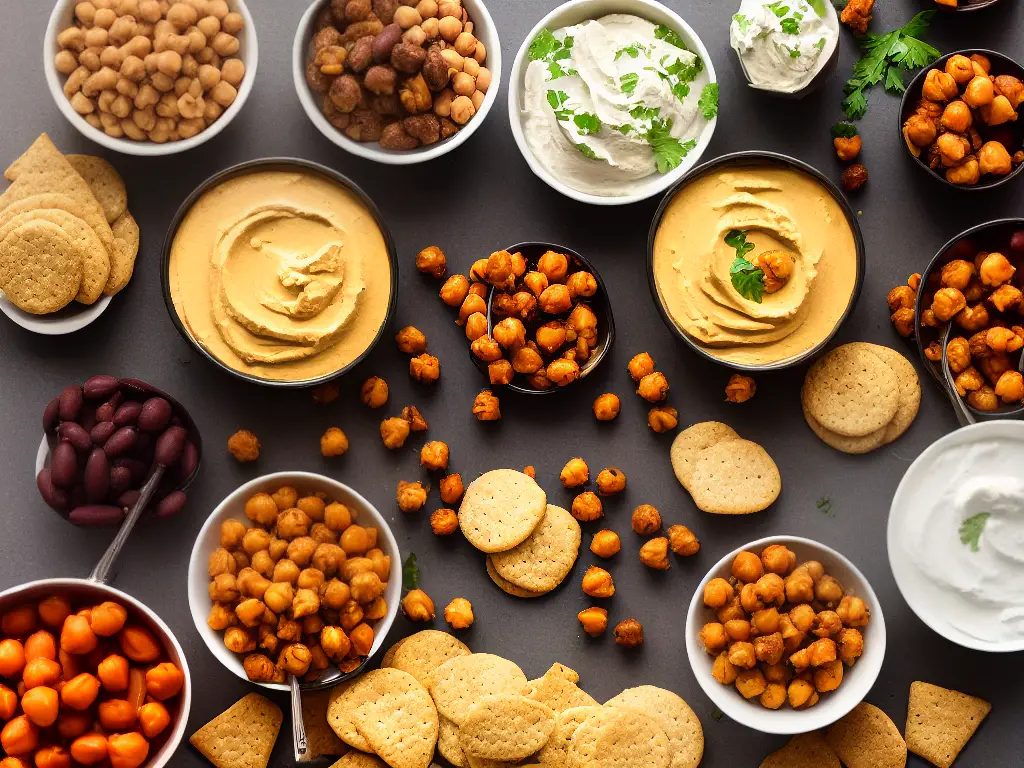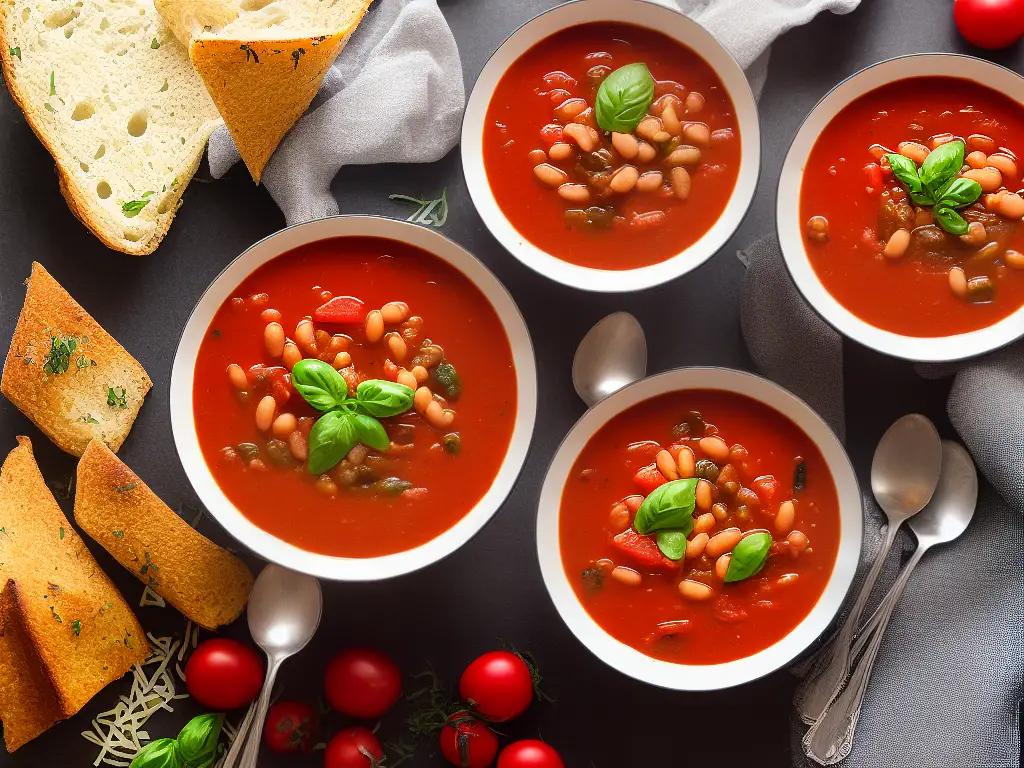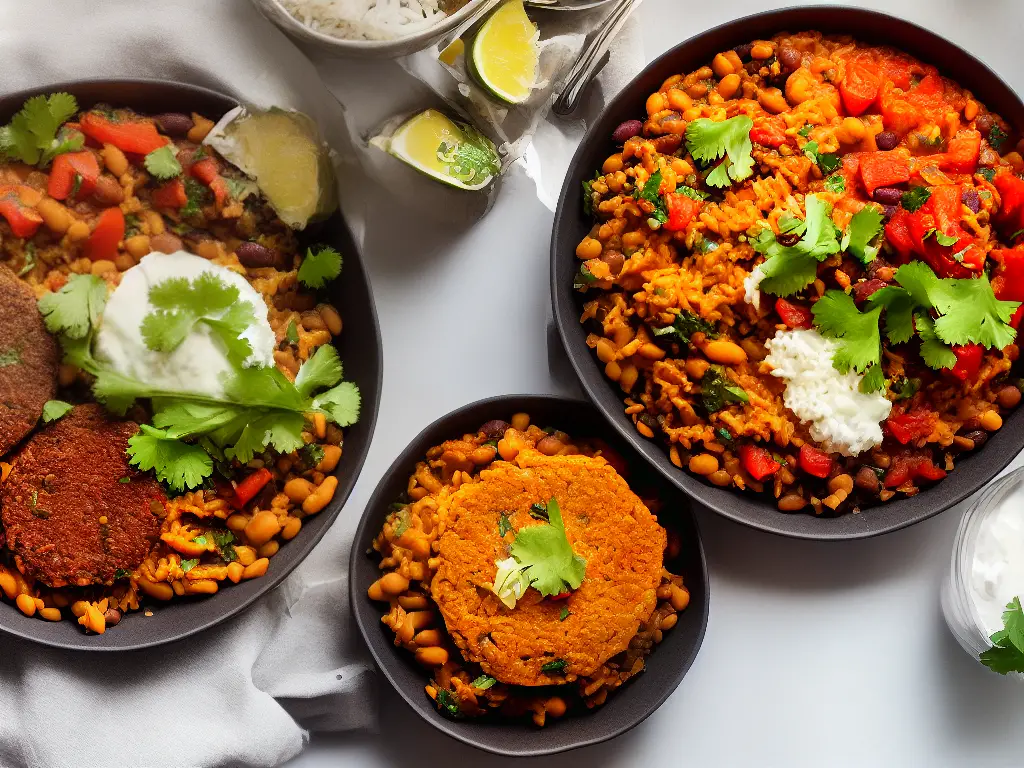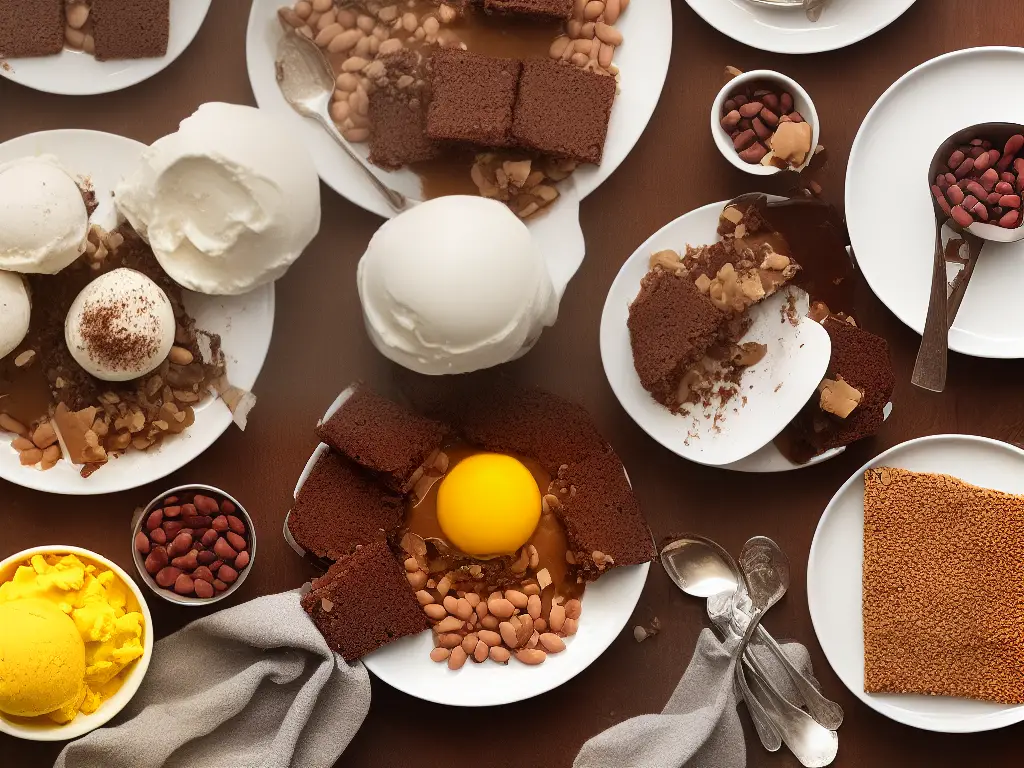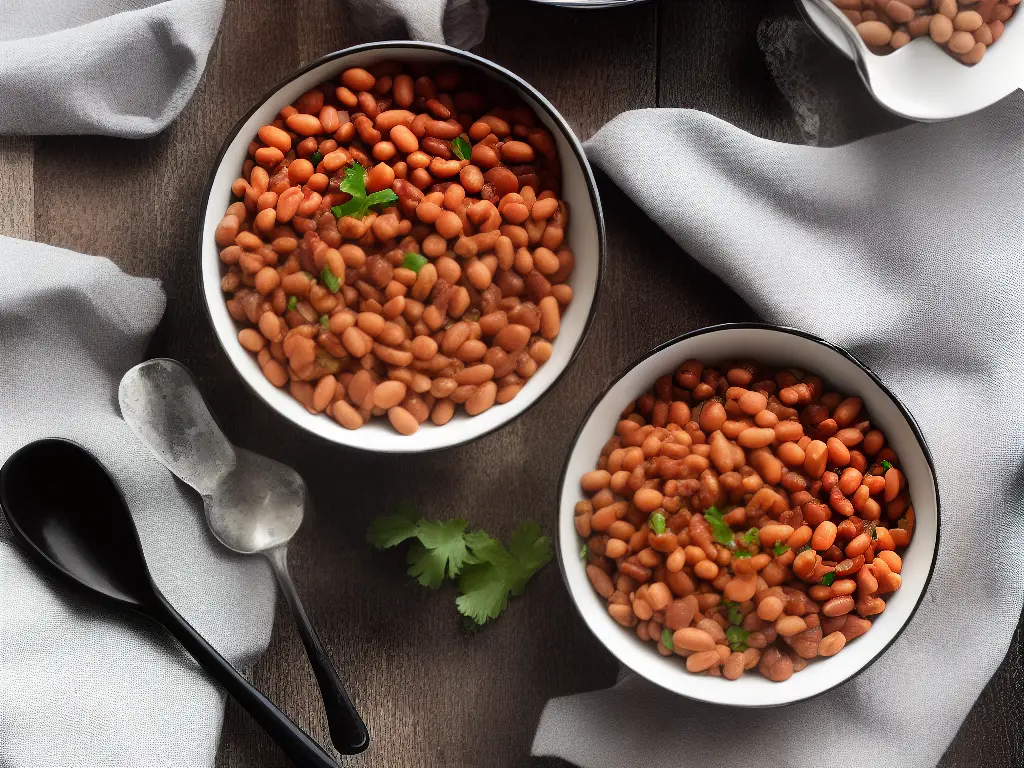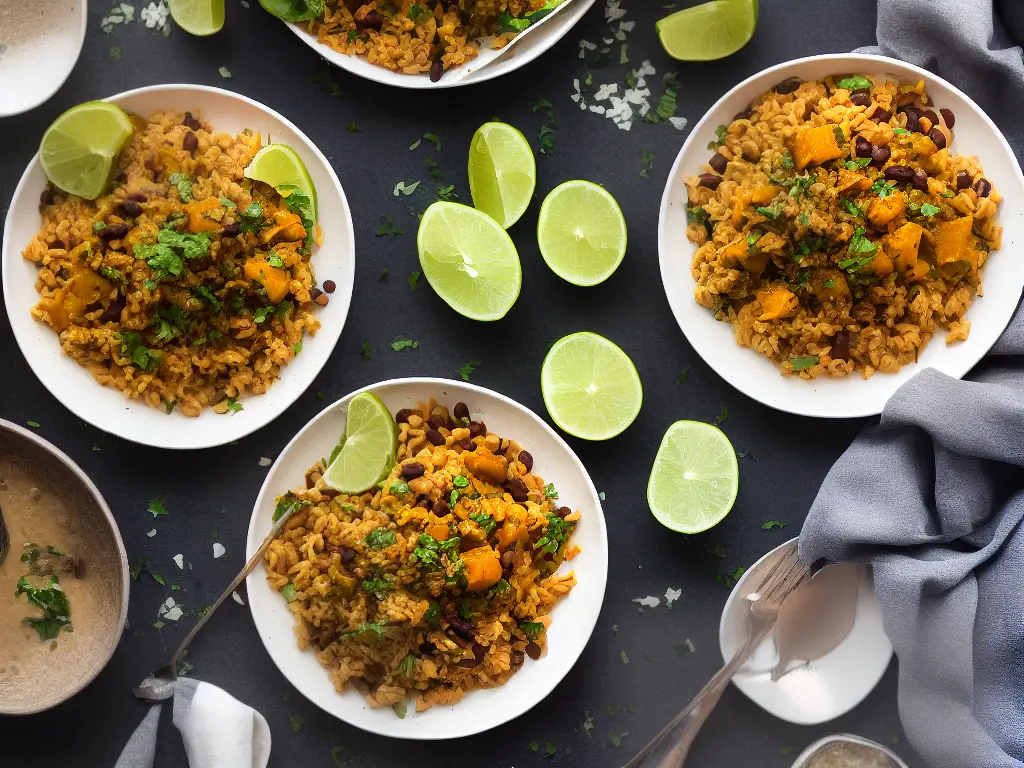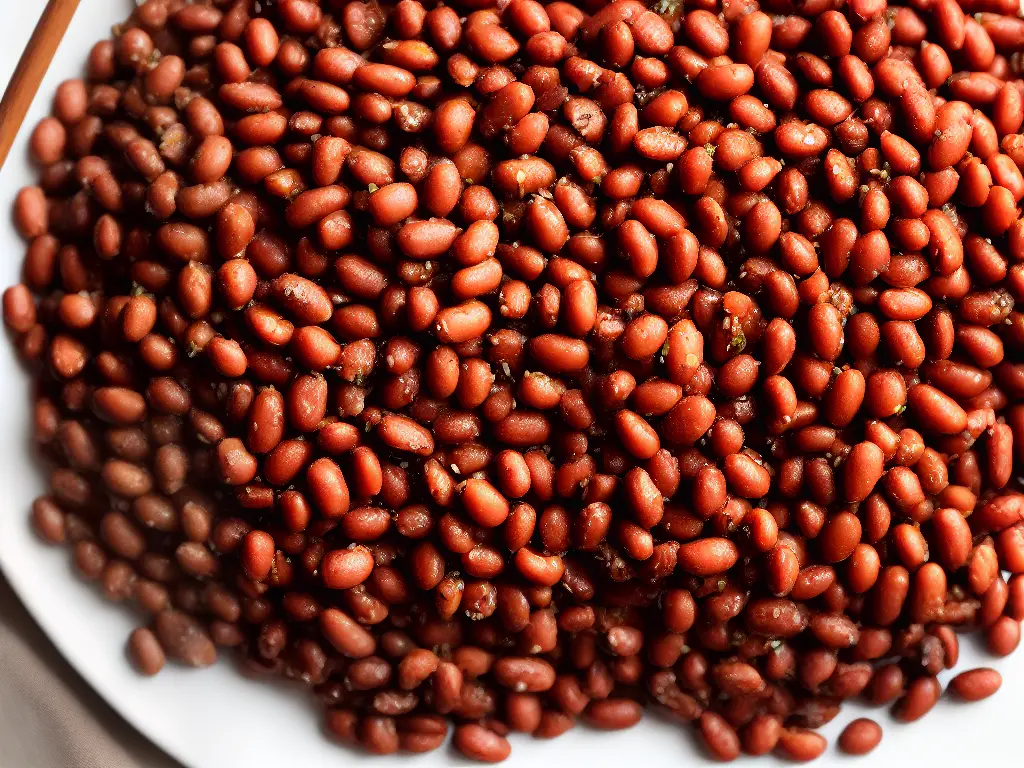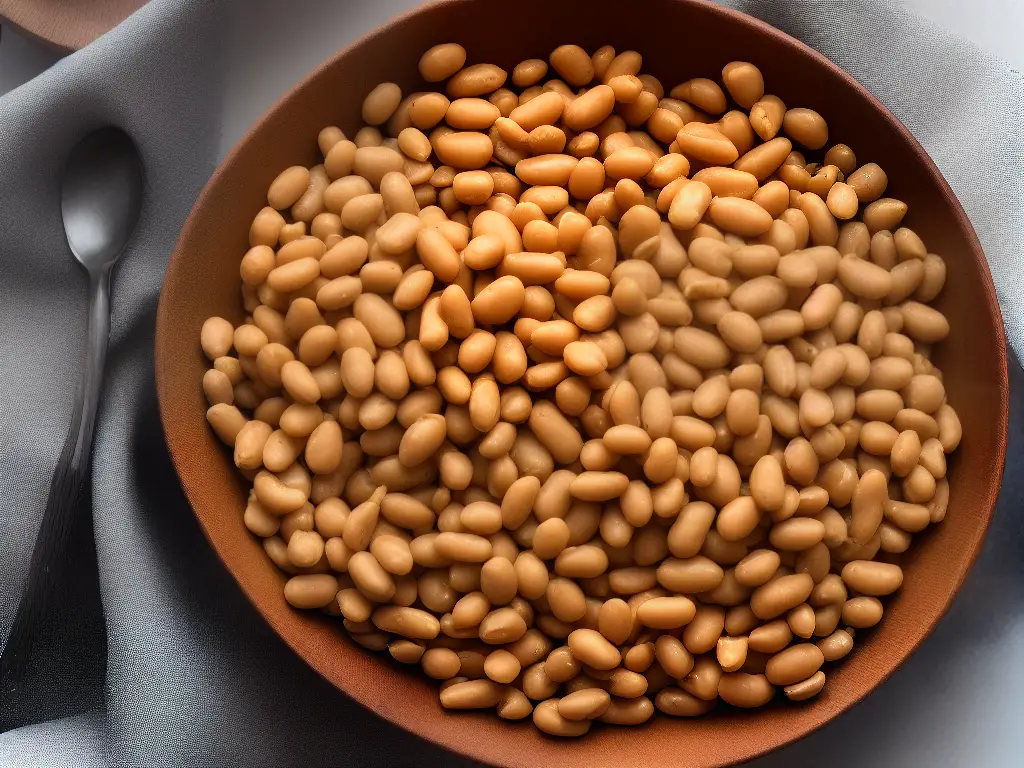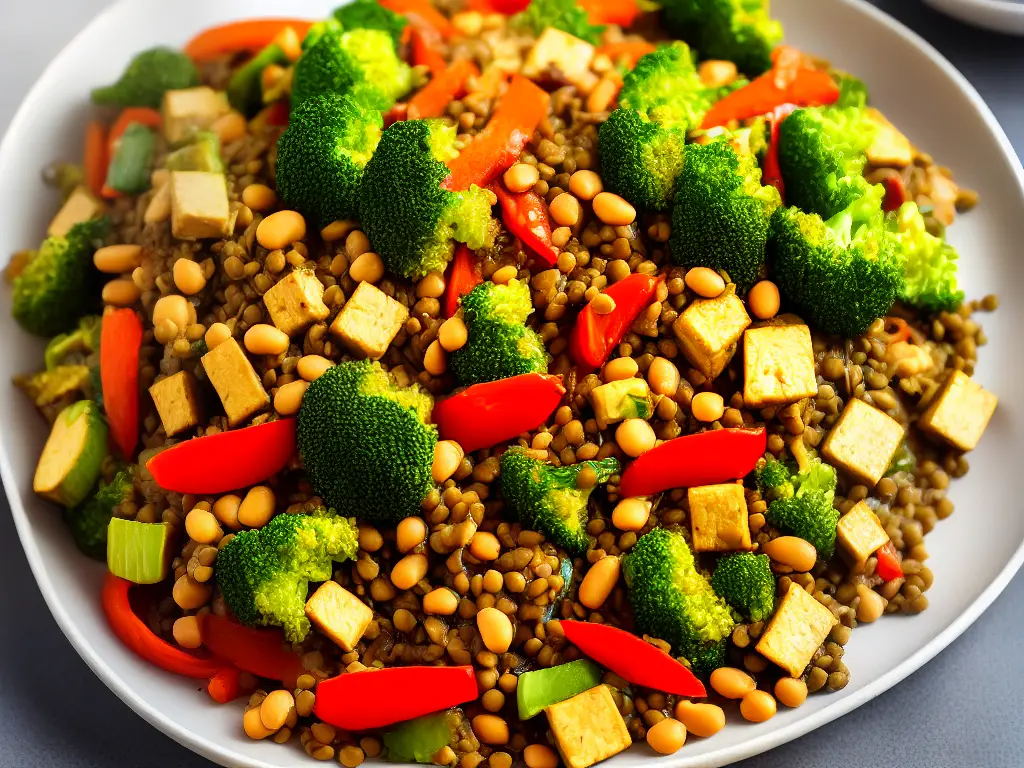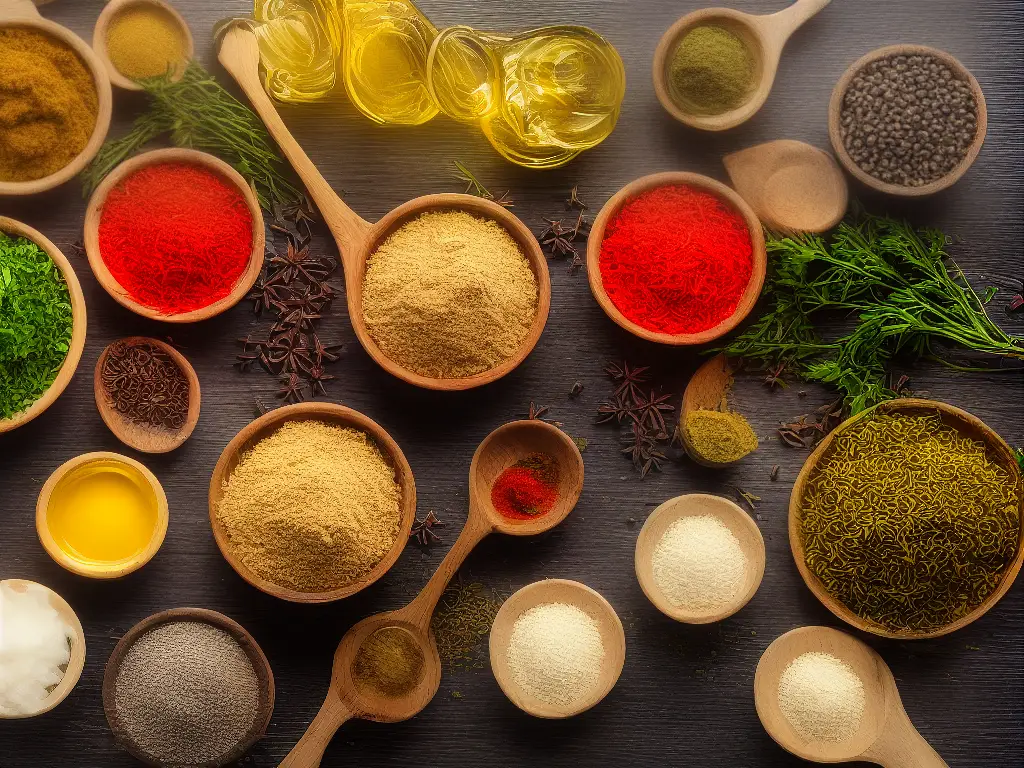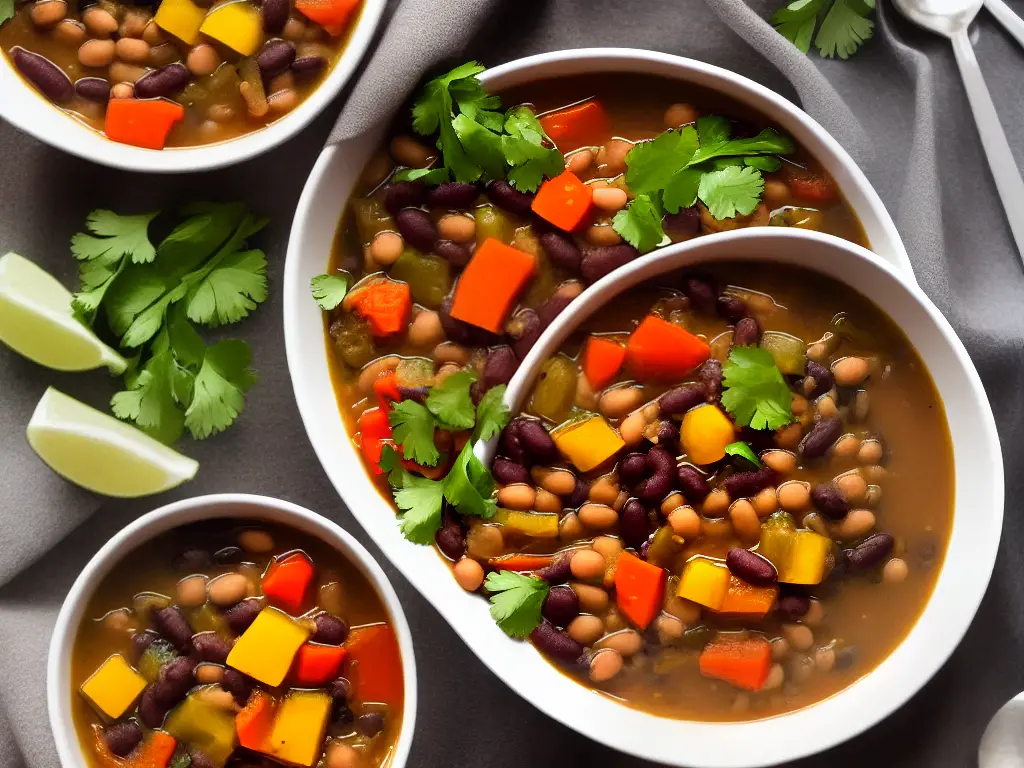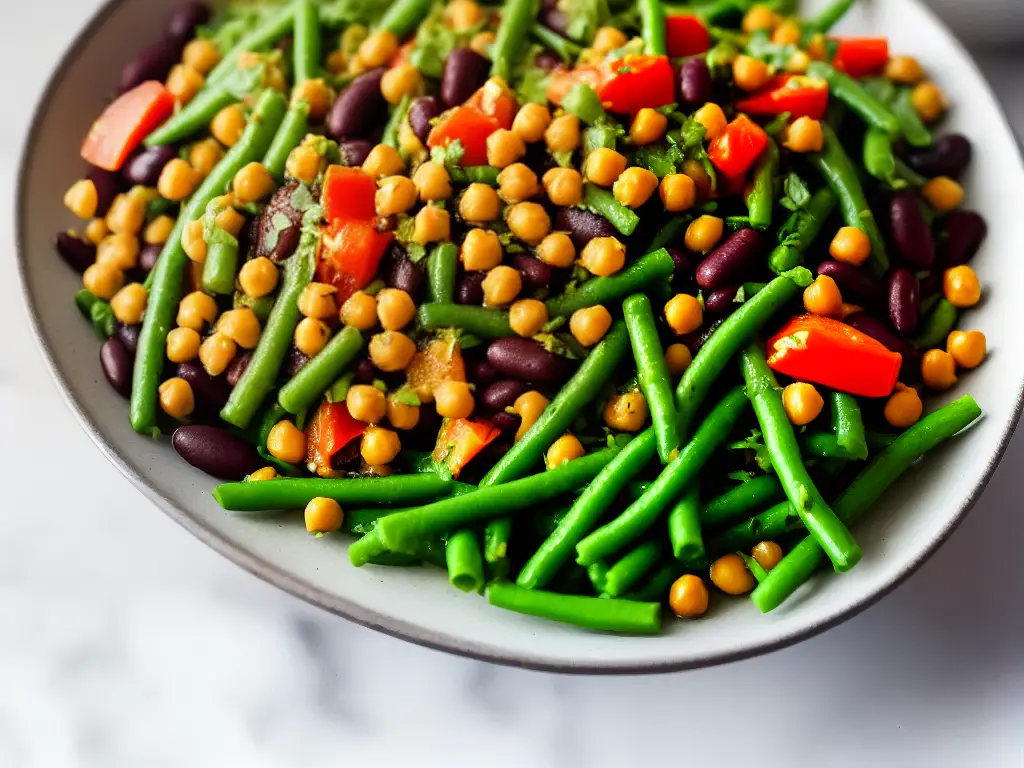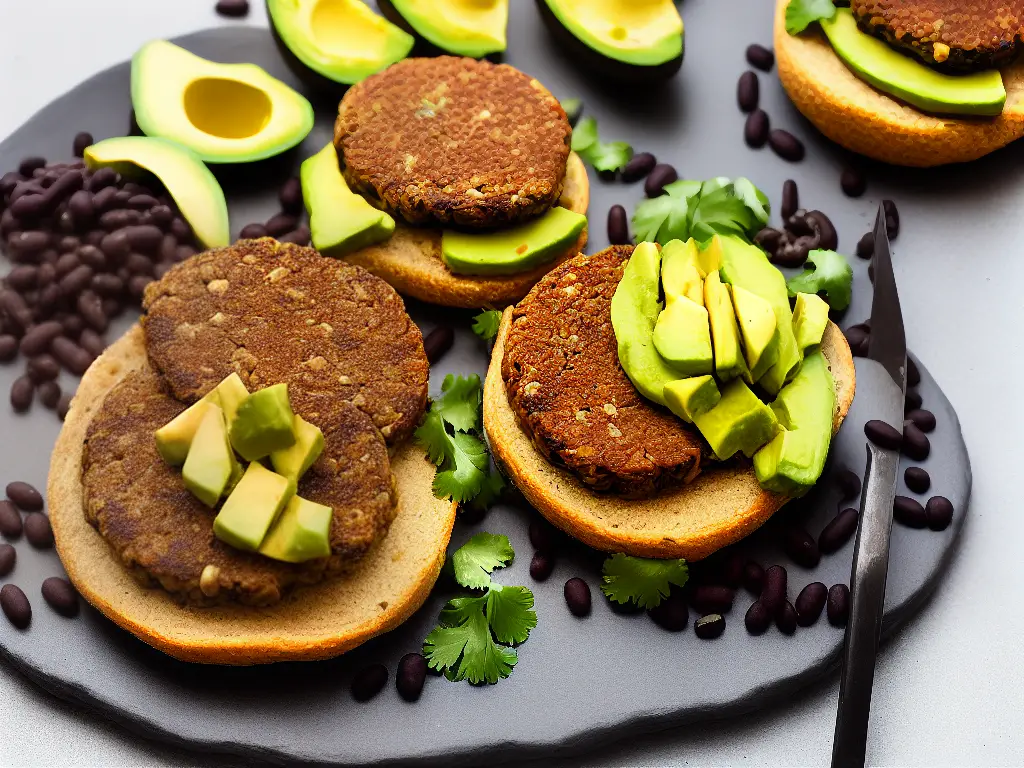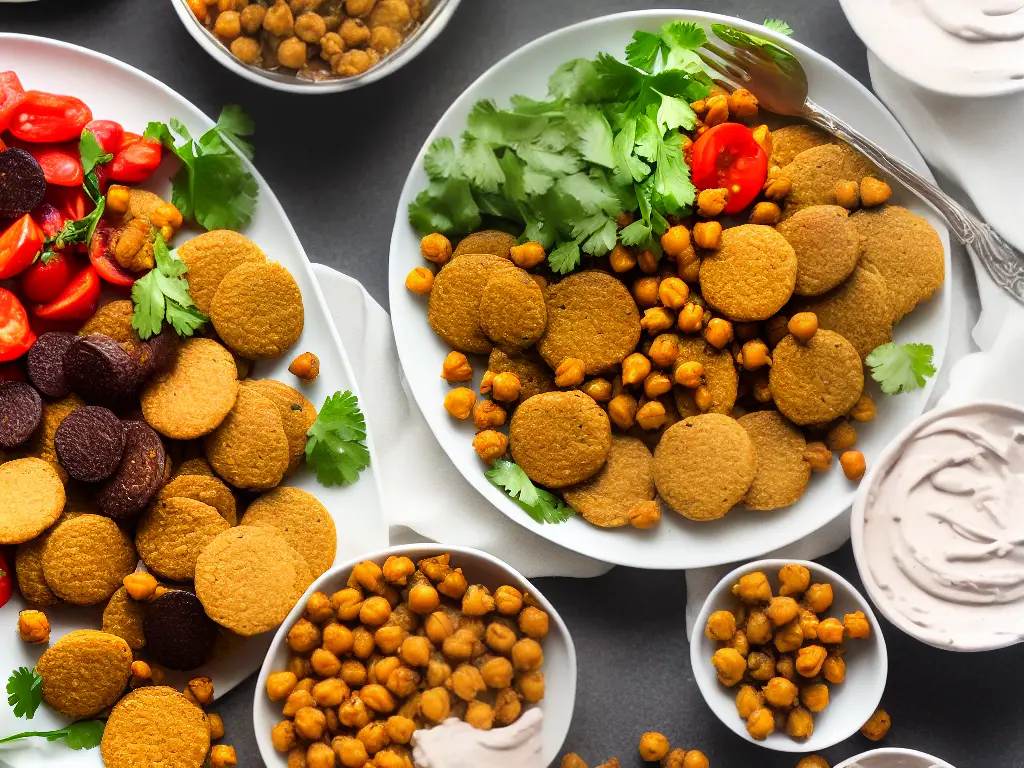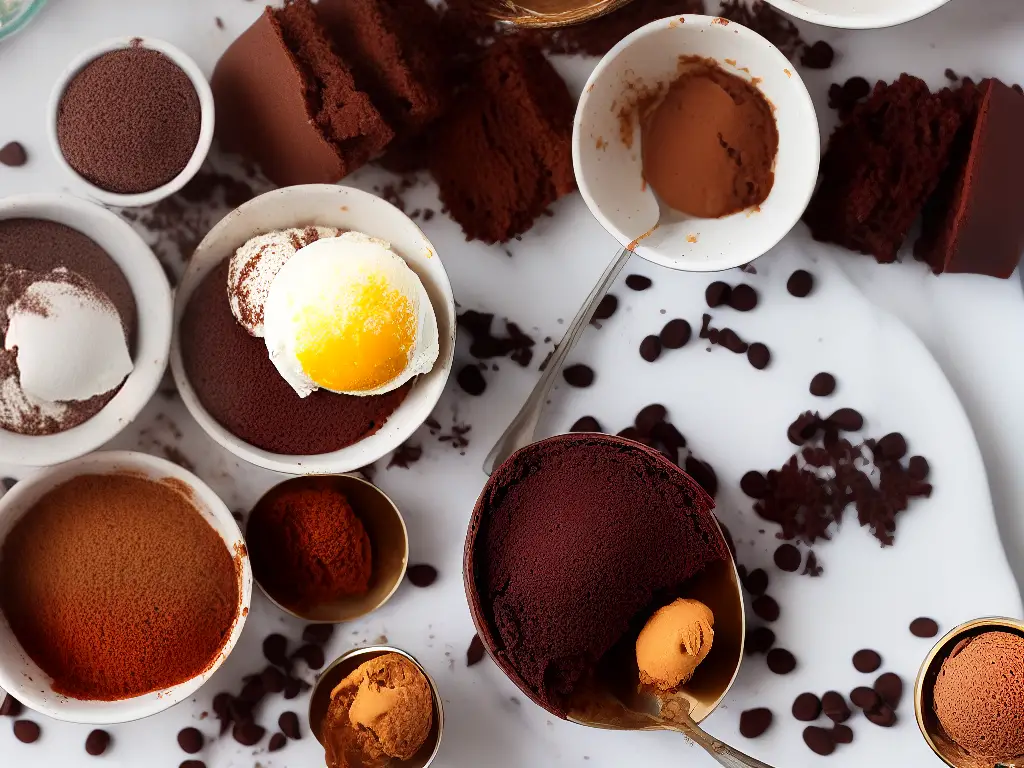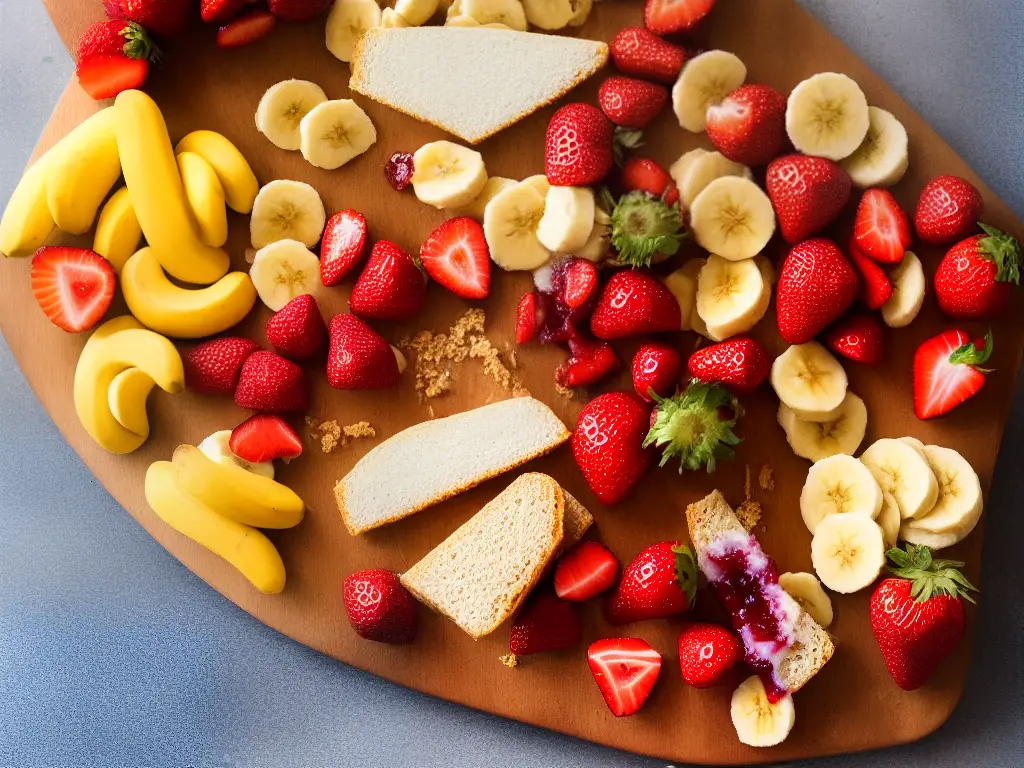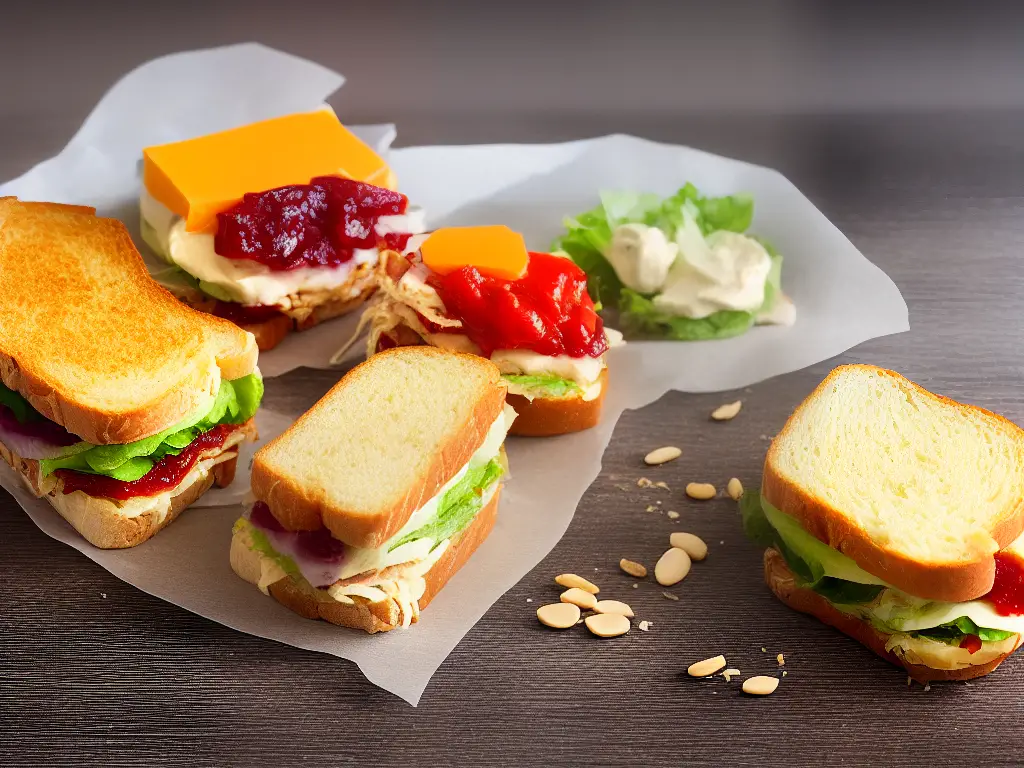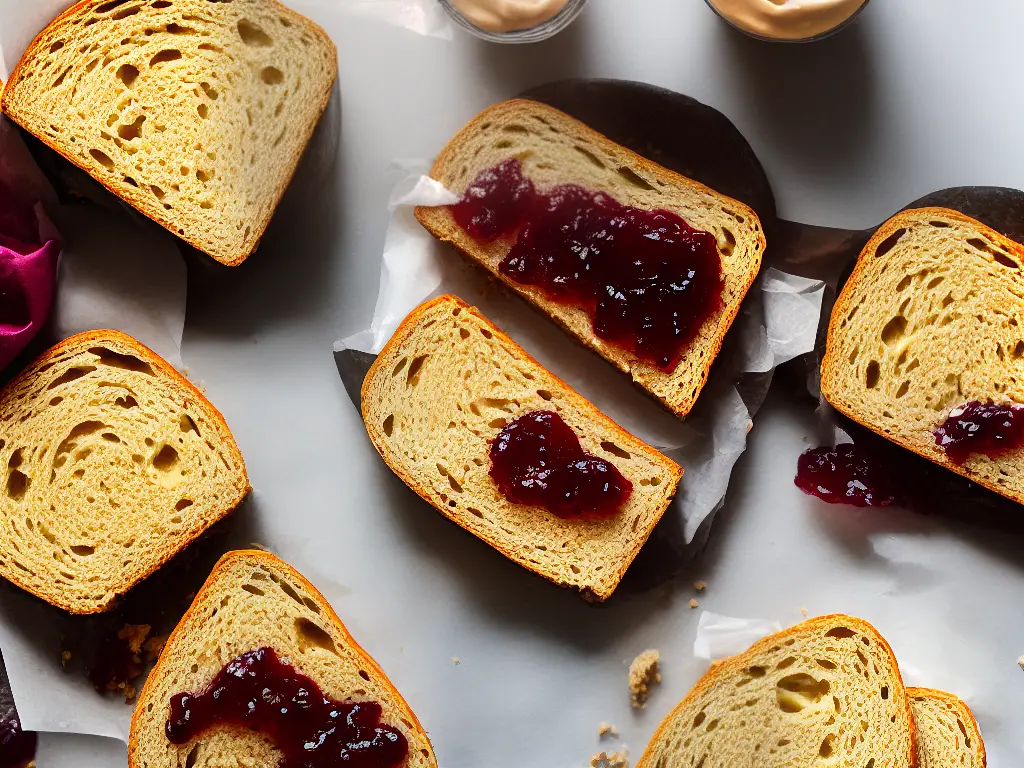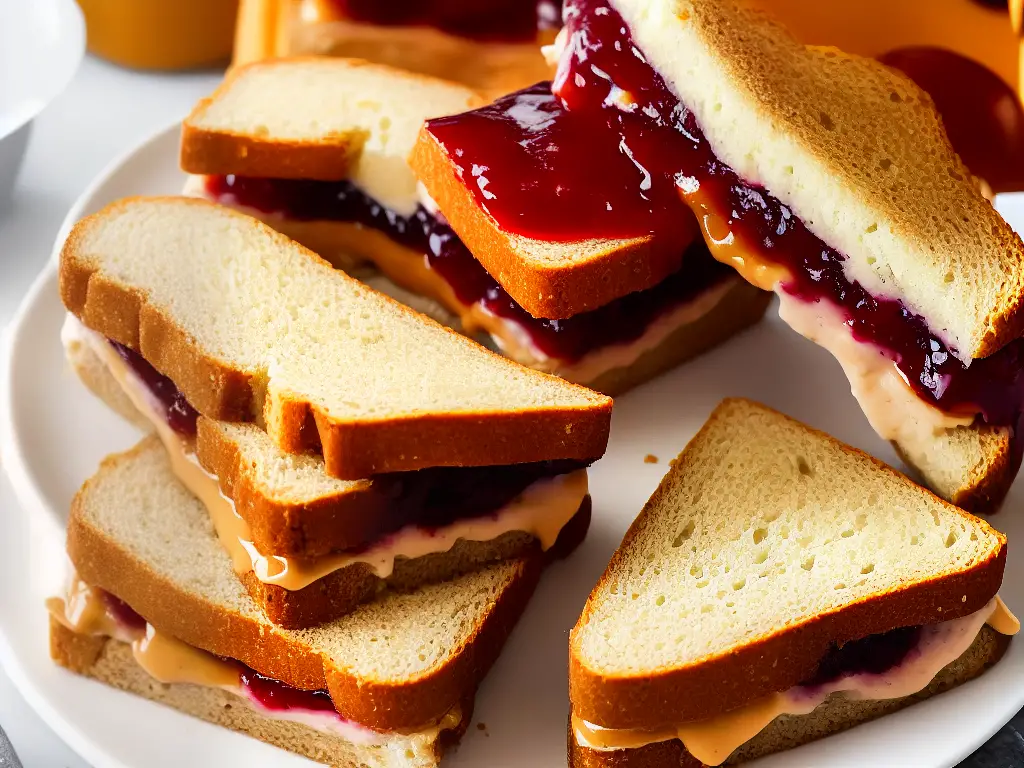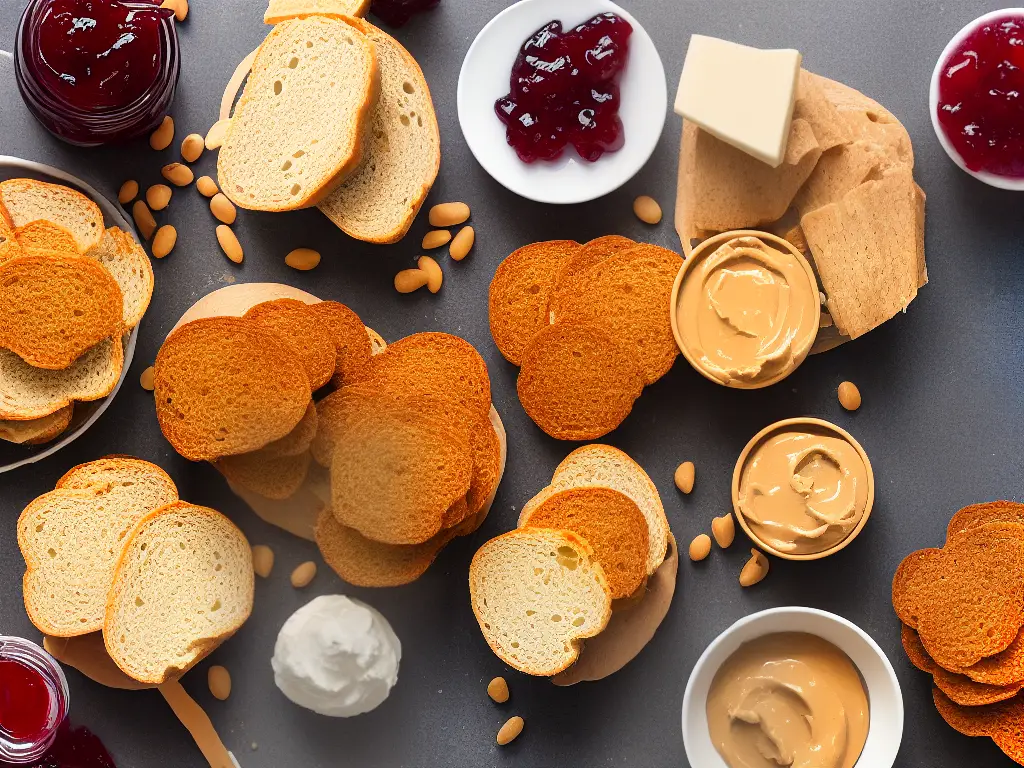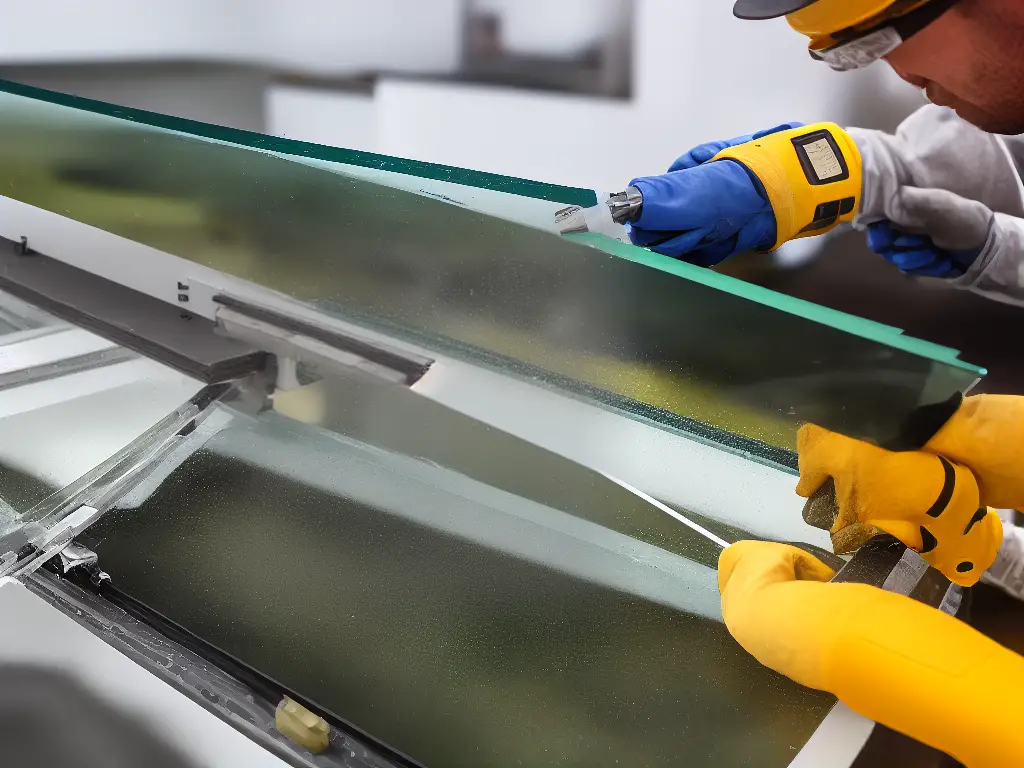Maintaining a healthy lifestyle and staying physically fit is essential for overall well-being. In a world where sedentary lifestyles are increasingly common, finding ways to engage in regular exercise and adopt a balanced approach to fitness is crucial. This informative guide covers various aspects of fitness, ranging from understanding the fundamentals to designing a balanced routine, exploring different exercise types, the role of nutrition, setting goals, and ensuring safety and injury prevention. By gaining comprehensive knowledge in these areas, individuals can successfully embark on a journey towards better health and improved fitness.
Understanding Fitness Basics
Physical fitness is of utmost importance in maintaining a healthy lifestyle and enhancing overall well-being. Engaging in regular exercise has numerous benefits, including reducing the risk of chronic illnesses like heart disease and diabetes, improving mood and mental health, and prolonging life expectancy.
Fitness involves five components, namely:
- Cardiovascular endurance
- Muscular strength
- Muscular endurance
- Flexibility
- Body composition
By incorporating these components into a daily fitness routine, optimal health and wellness can be achieved.
Cardiovascular Endurance
Cardiovascular endurance, or aerobic fitness, is the ability to sustain physical activity that requires large muscle groups and an elevated heart rate for a prolonged period. To improve cardiovascular endurance, individuals should engage in activities such as running, biking, swimming, or dancing.
Muscular Strength
Muscular strength refers to the maximum amount of force a muscle or muscle group can generate. To improve muscular strength, individuals should engage in resistance training which incorporates the use of bodyweight exercises, free weights, or machines.
Muscular Endurance
Muscular endurance pertains to the ability of a muscle or muscle group to repeatedly perform a specific movement or maintain a particular position without fatigue. Exercises such as push-ups, squats, lunges, and activities like yoga or Pilates can improve muscular endurance.
Flexibility
Flexibility relates to the range of motion around a particular joint or set of joints. Stretching exercises like static and dynamic stretching, yoga, Pilates, or Tai Chi can effectively promote flexibility.
Body Composition
Body composition is the proportion of fat, muscle, bone, water, and other tissues that make up an individual’s body. Maintaining a healthy body composition is essential for overall well-being. To achieve an optimal body composition and address other fitness components, it’s crucial to design a balanced workout routine that incorporates resistance training, cardiovascular activities, and a nutritious diet.

Designing a Balanced Workout Routine
A well-rounded workout routine should target various aspects of physical fitness, including cardio, strength training, and flexibility exercises. For example, cardiovascular exercises like running, swimming, or cycling improve heart health and endurance. These activities also increase lung capacity, lower blood pressure, burn calories, and contribute to weight loss and overall health. Aim to include at least 150 minutes of moderate-intensity or 75 minutes of vigorous-intensity cardiovascular activity per week. By combining these exercise types, you can effectively work towards a healthy body composition and overall fitness.
Strength training exercises are vital for building and maintaining lean muscle mass, improving bone density, and preventing age-related muscle loss. These workouts typically involve resistance training using body weight, free weights, or machines. It is crucial to work all major muscle groups, including the legs, back, chest, and arms, to promote muscular balance and prevent injury. Incorporating two or more strength training sessions per week is recommended for optimal results. Make sure to allow at least a 48-hour rest period between targeting the same muscle group to give your muscles time to recover and grow.
Flexibility exercises should also be an integral part of a balanced workout routine, as they ensure a healthy range of motion, improve posture, and decrease the risk of injury. Stretching exercises, yoga, or Pilates are excellent ways to maintain and improve flexibility. It’s also essential to ensure that you stretch all major muscle groups, holding each stretch for 20-30 seconds. Incorporating regular flexibility exercises can help prevent daily aches and pains and improve overall comfort when participating in daily activities and more intense workouts.
Before engaging in any workout, make sure to perform proper warm-up exercises to increase blood flow to the working muscles and prepare them for activity. Warming up can include light cardio movements, such as brisk walking or jumping jacks, and dynamic stretching, like leg swings or arm circles. A thorough warm-up should last at least five to ten minutes and gradually increase in intensity. Similarly, after completing a workout, it is necessary to cool down by reducing your exercise intensity and performing static stretches. This helps prevent injury, decreases soreness, and facilitates recovery by gently returning the body to its resting state.
When embarking on a journey to improve your fitness, it is essential to incorporate a variety of elements such as cardiovascular exercises, strength training, flexibility, warm-up routines, and cool-downs. However, it is crucial not to forget the importance of rest and recovery. Scheduling rest days and ensuring adequate sleep allows the body to repair and rebuild muscles, replenish energy stores, and prevent overtraining, which can lead to decreased performance, fatigue, and injury. Aim to incorporate at least one full rest day per week and listen to your body; adjust your workout routine if you experience excessive soreness or fatigue. By including these essential components, you can optimize your workouts, achieve your fitness goals, and maintain a healthy, balanced lifestyle.

Cardiovascular Exercises
Focusing on cardiovascular exercises, also known as cardio or aerobic exercises, plays a vital role in promoting overall health and well-being. For instance, running is a popular and accessible form of cardio known for burning calories and improving endurance. As you transition from the importance of rest and recovery to considering cardio routines, bear in mind that proper form and technique are critical for injury prevention and achieving maximum results. This includes maintaining a tall posture, leaning slightly forward, and keeping a steady rhythm in both your arm swing and foot strike. By seamlessly incorporating cardio, such as running, along with the other components mentioned in your fitness routine, you can efficiently progress towards a healthier and fitter lifestyle.
Swimming provides a low-impact and joint-friendly way to incorporate cardiovascular exercise into your routine. The water’s buoyancy eases stress on the joints, making it an ideal option for those recovering from an injury or with chronic joint conditions. Swimming also promotes muscle strength and flexibility as it requires the coordination of various muscles and the involvement of the entire body. It is essential to maintain proper form and technique when swimming, including keeping an elongated body position, an efficient kick, and a well-timed breathing pattern.
Cycling, both indoor and outdoor, offers a fun and challenging way to get the heart pumping. Not only does it improve cardiovascular fitness, but it also strengthens the muscles of the lower body and increases endurance. Proper cycling technique includes keeping a relaxed upper body, maintaining a proper seat position to avoid strain on the knees and back, and ensuring consistent pedaling cadence. Indoor cycling classes, such as spin classes, provide an opportunity to follow a high-energy routine led by an instructor, making it engaging and motivating for many individuals.
High-intensity interval training (HIIT) is a highly efficient form of cardiovascular exercise that alternates between short intervals of intense activity and recovery periods of lower-intensity exercise. HIIT can be easily adapted to a variety of fitness levels and can include activities such as running, cycling, or bodyweight exercises. Studies have shown that HIIT can provide similar cardiovascular benefits as traditional endurance training, but with less time commitment. Proper form and technique are essential for HIIT workouts, as poor form can lead to injury, especially when participating in high-impact exercises. Take the time to learn the correct movement patterns and adjust the intensity of the workout based on your fitness level to reduce the risk of injury.
In conclusion, incorporating a combination of cardiovascular exercises into your fitness routine can significantly enhance your overall health and well-being. Utilizing different forms of cardio helps prevent boredom and injury by engaging various muscle groups and avoiding repetitive stress on the same joints and muscles. Experimenting with a variety of activities enables you to find what works best for your body, preferences, and personal fitness goals, all while providing comprehensive cardiovascular benefits to improve overall health and well-being.

Strength Training
Moving on to another crucial aspect of a well-rounded fitness routine, strength training, also known as resistance training, involves working your muscles against resistance to build and maintain muscular strength. This type of training complements cardio and flexibility exercises, providing a well-balanced workout plan. Incorporating strength training into your fitness program can help improve muscle mass, metabolism, cardiovascular health, and functional capacity, further enhancing your overall physical condition and well-being.
To achieve these benefits, it is important to understand the fundamentals of strength training, the type of weightlifting exercises, and how to use them in your workouts safely and effectively.
Compound vs. Isolation Exercises
Weightlifting exercises can generally be categorized into two types: compound exercises and isolation exercises. Compound exercises are movements that target multiple muscle groups simultaneously, such as squats, deadlifts, and bench presses. These exercises are considered highly functional, meaning they mimic everyday activities and help to improve overall muscle coordination and strength.
In contrast, isolation exercises target a single muscle group, such as bicep curls, tricep extensions, or hamstring curls. While these exercises are useful for addressing specific muscle imbalances or weaknesses, they may not have the same overall functional benefits as compound exercises.
Creating a Balanced Workout Routine
A good strength training routine will incorporate a mix of compound and isolation exercises to ensure that all muscle groups are stimulated and developed. It is important to create a balanced workout routine, often targeting larger muscle groups like the chest, back, and legs first before moving on to smaller muscle groups such as biceps, triceps, and shoulders.
This helps to ensure that the smaller muscles are not fatigued before the larger muscles, allowing for maximum training efficiency.
Proper Form and Technique
Proper form and technique are critical to avoid injuries in strength training. Learning the correct way to perform each exercise is crucial to safely build strength and encourage muscle growth.
Some important tips for maintaining proper form include keeping a neutral spine during movements, engaging the core, and controlling the speed of the exercise. In addition, using the appropriate equipment and adjusting it to fit individual needs play a significant role in avoiding injuries.
It is recommended to seek the advice of a fitness professional or an experienced lifter to learn the correct form and use of equipment when starting a strength training program, especially for beginners.
Set and Repetition Scheme
While there are many ways to incorporate strength training into a fitness routine, one common method is to follow a set and repetition scheme. This typically involves performing a certain number of repetitions (reps) of an exercise, followed by a period of rest, and then repeating the process for a set number of times (sets).
The specific rep and set scheme will depend on an individual’s goals, fitness level, and the exercises being performed. For example, a beginner might start with 2-3 sets of 8-12 reps, while a more experienced lifter may aim for 4-5 sets of 3-5 reps to focus on building maximum strength.
In order to achieve optimum progress in your fitness journey, it is essential to regularly change the types of exercises, rep and set schemes, and workout structure. This helps prevent plateaus and ensures that your muscles are continually challenged.

Flexibility and Mobility
Additionally, incorporating flexibility and mobility exercises into your fitness routine is crucial for preventing injuries and improving overall fitness levels. Flexibility pertains to the range of motion of a joint or group of joints, whereas mobility is defined as the ability to move freely and effortlessly. Combining these elements not only maintains proper posture and reduces muscle imbalances but also enhances functional movement patterns. Ultimately, by improving muscular flexibility and joint mobility, you will optimize your performance in daily activities and various types of workouts while minimizing the risk of injuries.
One common way to improve flexibility is through stretching exercises. There is a myriad of techniques available, with dynamic stretching and static stretching being the two most popular types. Dynamic stretching involves moving your muscles and joints through their full range of motion in a controlled manner, as a way to warm up before physical activity. Examples include leg swings, arm circles, and walking lunges. Static stretching, on the other hand, requires holding a stretch for a set period of time without movement, which is typically done post-workout. Both methods are crucial for enhancing flexibility, but it is important to differentiate their uses and avoid static stretching before a workout, as it may compromise strength and power outputs.
Foam rolling is another technique that contributes to increased flexibility and mobility. Utilizing a foam roller or other self-myofascial release tools, this technique targets specific muscle groups and helps relieve muscle tightness, reduce inflammation, and promote blood flow. Foam rolling has shown positive effects on improving joint range of motion, muscular flexibility, and alleviating muscle soreness after workouts. Regular practice of foam rolling, along with stretching, can help identify and address potential problem areas, thus preventing injuries and improving overall fitness.
Incorporating flexibility and mobility work into your fitness routine can be done in multiple ways. You can set aside specific days for this type of training, integrate mobility exercises into your warm-up and cooldown routines, or perform short, focused sessions throughout the day. Prioritizing regular practice and consistency is key in order to reap the benefits of improved flexibility and mobility. It is also important to listen to your body and avoid pushing yourself too far or too fast, as doing so may lead to injury.
Ensuring optimal fitness levels involves a combination of proper exercise and efficient recovery techniques. Scheduling regular check-ins with a fitness professional or movement specialist can be beneficial in assessing your current flexibility and mobility levels, pinpointing potential problem areas, and guiding you towards personalized exercises to enhance your progress. With the appropriate balance of stretching, foam rolling, and mobility work, you will be better equipped to optimize your athletic capabilities and reduce the risk of injury on your journey towards greater overall fitness.

Nutrition for Fitness
Alongside exercise and recovery techniques, nutrition also plays a critical role in achieving fitness goals. Whether your goals are weight loss, muscle gain, or improving athletic performance, a well-planned diet can provide the necessary fuel for workouts, aid in recovery, and promote overall health. Macronutrients, including carbohydrates, proteins, and fats, are essential for energy production and building and repairing tissues. Each macronutrient plays a vital role in supporting different fitness routines, and a proper balance must be maintained for optimal results. By focusing on both physical routines and proper nutrition, you can work towards a healthier and more effective fitness journey.
Carbohydrates are the primary source of energy for the body and are especially important for high-intensity workouts such as weightlifting or sprinting. Consuming enough carbohydrates ensures that the body has adequate fuel to power through demanding exercises without tapping into protein stores. Adequate protein intake is crucial for muscle repair and growth, making it an essential nutrient for athletes or individuals engaging in resistance training. Fats, although often demonized, play an important role in hormone regulation and providing a more long-lasting energy source, making them essential for endurance workouts like long-distance running or cycling.
Micronutrients, such as vitamins and minerals, may not provide energy like macronutrients, but they are just as important in maintaining optimal health and supporting various bodily functions. For instance, calcium and vitamin D are essential for bone health, while B vitamins are crucial for energy metabolism. Consuming a diet rich in a variety of fruits, vegetables, whole grains, lean proteins, and healthy fats is the best way to ensure an adequate intake of essential micronutrients.
Meal planning is crucial in ensuring that the body receives the proper balance of macronutrients and micronutrients. It is important to plan meals according to individual needs, considering factors such as age, sex, body composition, fitness goals, and activity levels. Consuming a well-rounded diet at the right times, such as consuming pre- and post-workout meals, can influence one’s energy levels and the effectiveness of a workout. For example, consuming a meal rich in carbohydrates and protein within an hour after exercising can aid in muscle recovery and replenishment of glycogen stores.
Optimal fitness performance involves various factors, such as proper nutrition and hydration. Ensuring that you are well-hydrated is crucial, as it supports body temperature regulation, cognitive function, and prevention of fatigue. It is generally recommended to drink at least 8-10 glasses of water per day, with additional fluid intake depending on activity levels and climate. Alongside a well-planned fitness routine, incorporating a balanced diet that includes both macro and micronutrients is essential.
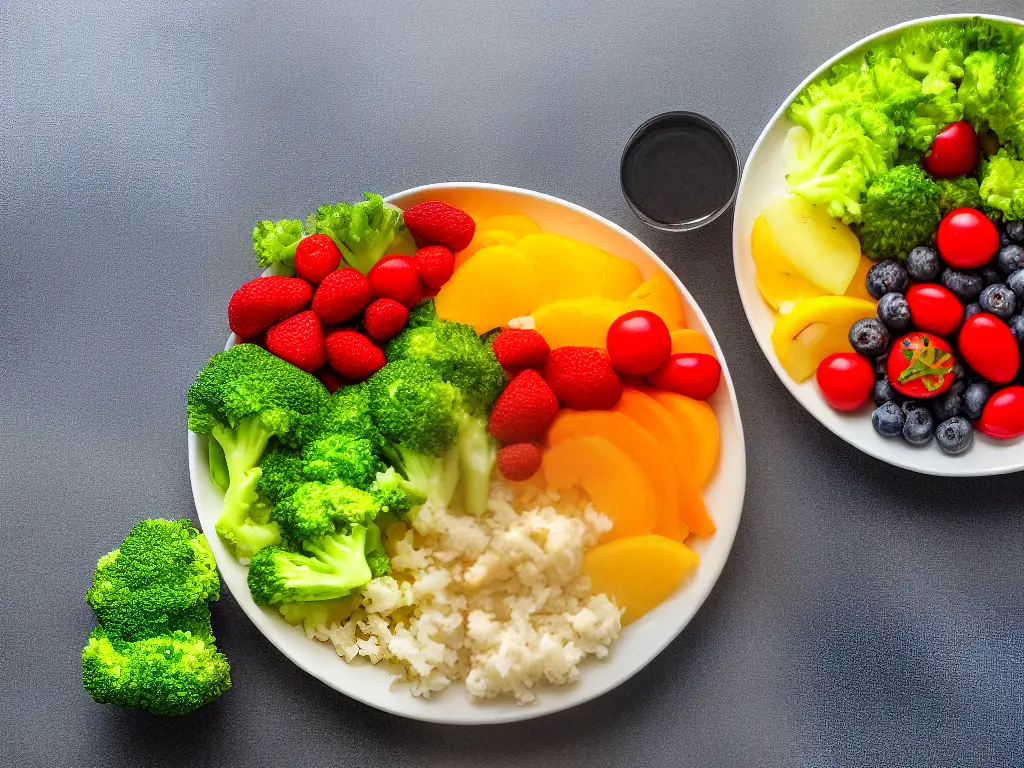
Staying Motivated and Setting Goals
Another key element in achieving your desired fitness results is staying motivated throughout your journey. Setting SMART (Specific, Measurable, Attainable, Relevant, and Time-bound) goals can greatly enhance your motivation. These goals provide tangible milestones to work towards, offering guidance and ensuring consistency in your fitness efforts. By strategically addressing nutrition, hydration, and motivation, you can create an effective fitness routine tailored to your needs and aspirations.
Consistency is key to making progress in your fitness journey. To establish and maintain consistency, it’s important to develop a regular workout routine that fits your schedule and aligns with your goals. This may include planning specific workout days, times, and activities. Keeping a workout log or using a fitness app can help you track your progress and hold yourself accountable. Additionally, having a workout partner or joining a group fitness class can provide external motivation and support to get you moving on days when your own motivation may be lacking.
Overcoming barriers is a natural part of the fitness journey, and learning how to navigate challenges is essential for long-term success. Common barriers may include lack of time, self-doubt, or lack of knowledge about proper exercise techniques. To address these obstacles, consider implementing time management strategies, seeking guidance from fitness professionals, or enlisting the help of a personal trainer. Acknowledging and addressing challenges as they arise can help you stay on track and maintain motivation.
It’s also essential to find activities that are enjoyable and sustainable for you. If you dread going to the gym or engaging in a particular exercise, it’s much more difficult to stay motivated. Experiment with various types of workouts, such as dance classes, team sports, or outdoor activities, to find the ones that inspire and excite you. The more enjoyable your fitness routine is, the more likely you are to stay committed and motivated.
Celebrating small milestones and accomplishments is a powerful way to stay motivated in your fitness journey. When you reach a goal, such as a personal best in strength training or completing a challenging race, take the time to acknowledge your achievement and reward yourself. Rewards can be as simple as treating yourself to a new workout outfit, enjoying a relaxing spa day, or sharing your success with friends and family on social media. Recognizing and celebrating your progress helps build momentum and fuels your motivation to work towards your fitness goals in a sustainable manner.

Injury Prevention and Safety
Maintaining this momentum and motivation requires a strong focus on injury prevention and safety as essential aspects of any fitness routine. A well-designed fitness program should incorporate strategies to prevent common injuries, ensure the safe execution of exercises, and promote overall physical health. By understanding the various components of injury prevention and safety, individuals can avoid unnecessary setbacks, improve performance, and maintain long-term fitness goals. In this way, a well-rounded approach to workout regimens blends the excitement of reaching milestones with the essential discipline of safeguarding one’s physical well-being.
One crucial element of injury prevention is a proper warm-up and cool-down for each workout. Warming up helps increase blood flow to the muscles, improving flexibility and reducing the risk of injury. A warm-up may include light aerobic exercises such as jogging or dynamic stretching, targeting the muscles that will be used during the workout. Similarly, cooling down with gentle static stretches and breathing exercises helps relax the muscles, return the body to a pre-exercise state, and minimize post-exercise soreness.
Another important aspect of injury prevention is using the correct form and technique for each exercise. Proper form ensures that the targeted muscles are engaged effectively while minimizing strain on joints and connective tissues. It is crucial to seek guidance from a fitness professional or through reputable sources to learn the appropriate technique for each exercise. Furthermore, having a workout partner or a personal trainer to observe and correct your form provides valuable feedback for continuous improvement.
Gradual progression and listening to one’s body are key factors in avoiding fitness-related injuries. Overloading the muscles too quickly, especially during resistance training, can lead to muscle strains and other issues. It is therefore essential to increase exercise intensity, load, and duration gradually, allowing the body ample time to adapt. Paying attention to signs of discomfort, pain, or excessive fatigue can help pinpoint potential issues, allowing for modifications and adjustments to prevent injury.
Incorporating a well-rounded fitness routine that includes a variety of exercises and training modalities can also enhance injury prevention and safety. Cross-training, which involves mixing different exercises and sports, helps maintain a balanced musculoskeletal system and reduces the risk of overuse injuries. Including activities such as yoga, Pilates, and other forms of flexibility and mobility training can further promote joint health and overall injury resilience.
Finally, proper nutrition and recovery practices are essential for injury prevention. Adequate nutrient intake, hydration, and sleep are crucial for maintaining overall health, supporting muscle growth and repair, and ensuring optimal performance during workouts. Moreover, investing in reliable fitness equipment, appropriate footwear, and protective gear can significantly enhance safety and help prevent accidents while performing fitness routines. By taking a comprehensive approach to injury prevention and safety, individuals can maximize the benefits of their fitness routines and maintain long-term health and wellness.

Ultimately, becoming informed on fitness routines and various aspects of physical wellness is a vital step in leading a healthier, more balanced life. By understanding the different components of fitness, taking the time to design personalized workout routines, and recognizing the value of proper nutrition, individuals can meaningfully invest in their health. Furthermore, staying motivated and setting realistic goals, coupled with prioritizing safety and injury prevention, can ensure long-term success in one’s fitness journey. Empowered with this knowledge, go forth and embrace a more active and fulfilling lifestyle, reaping the countless benefits of improved physical fitness.
